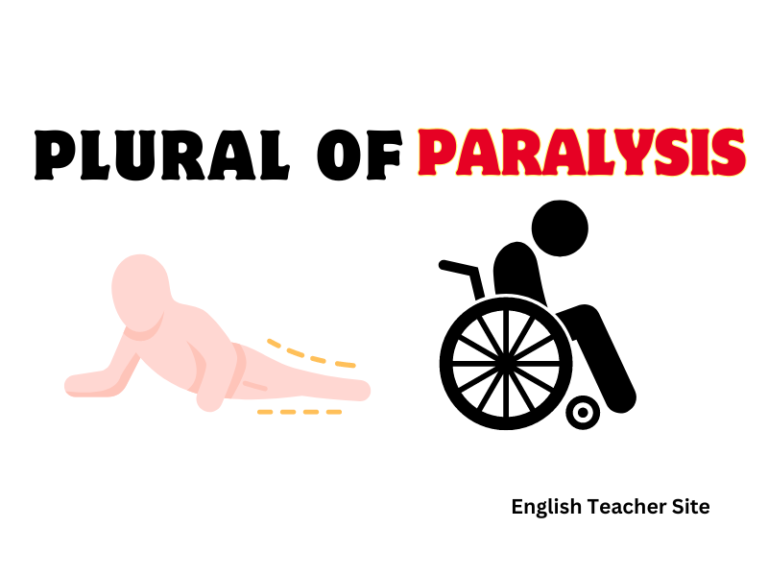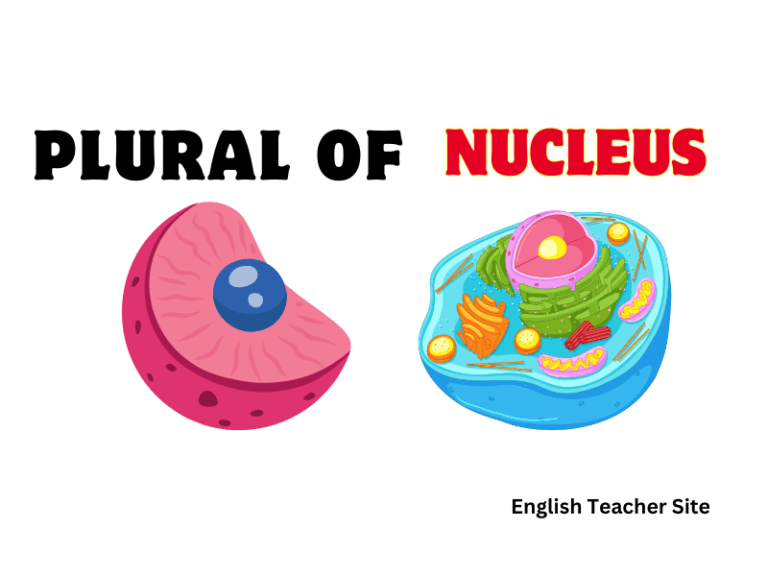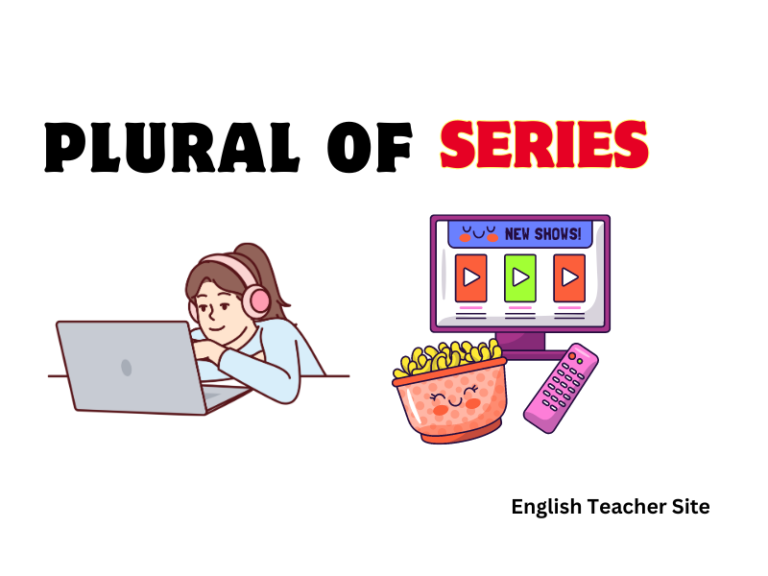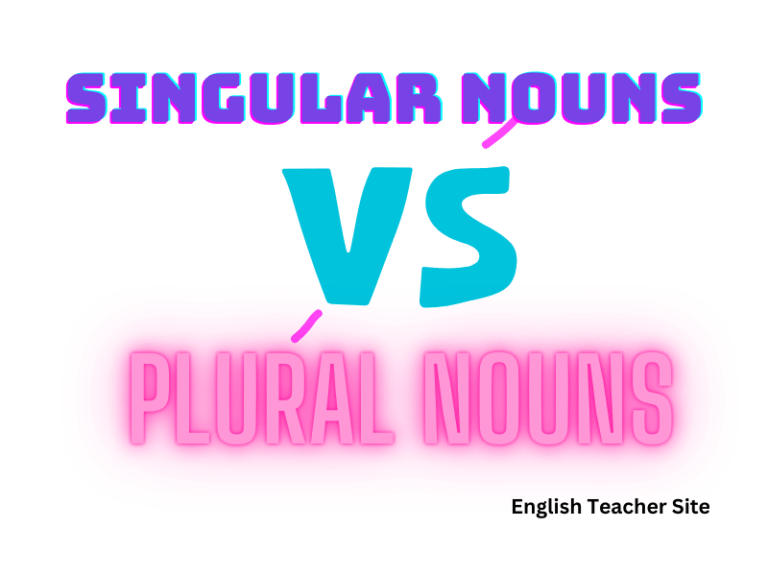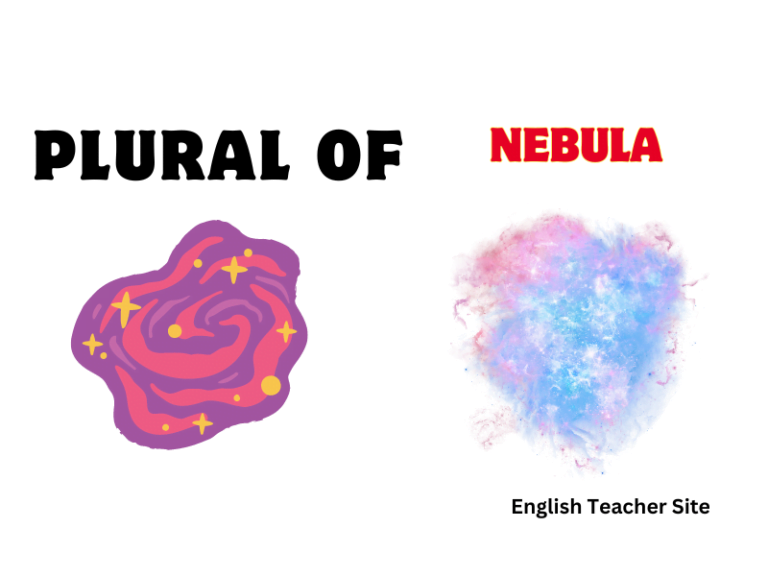What’s the Plural of Tableau: Understanding Multiple Data VisualizationsTableauWhat’s the Plural of Tableau: Understanding Multiple Data Visualizations

- “Tableaux” and “tableaus” are both accepted plural forms of “tableau.”
- A “tableau” serves as a descriptive term for a vivid, organized representation.
- The word “tableau” is embedded in both artistic and linguistic discussions.
The plural form of the French-derived word “tableau” can be a matter of some confusion for English speakers. In keeping with its French roots, where nouns often take an “x” in the plural, the conventional plural of “tableau” is “tableaux.” However, English accommodates the word with a more anglicized variant, recognizing “tableaus” as an acceptable plural form as well. This flexibility reflects the adaptive nature of English and its ability to assimilate words from other languages, applying its own grammatical rules to them.
What’s the Plural of Tableau?
Recognizing both forms:
- Tableaux: Reflects the original French pluralization.
- Tableaus: Adopts a more Anglicized approach.
The dual plural forms are accepted in English usage, allowing for linguistic flexibility.
Usage Context:
- Tableaux is typically preferred in formal writing or when maintaining the sense of French origin.
- Tableus may be seen as more approachable and is widely acceptable especially in less formal contexts.
Frequency of Use:
Based on the data from corpora of English texts, the traditional plural “tableaux” is more frequently used than “tableaus.” However, this can vary by the region and context.
Here are two tables summarizing the accepted plural forms of “tableau” and the contexts in which they appear:
| Traditional Plural | Context |
|---|---|
| Tableaux | Formal writing, artistic contexts, or when referencing French tradition |
| Anglicized Plural | Context |
|---|---|
| Tableaus | Informal writing, conversations, general English usage |
Essential Points
- Both tableaux and tableus are correct and can be used depending on the user’s preference and context.
- Language evolves, and the adaptation of tableaus signifies the natural anglification of borrowed words.
Singular Form of Tableau
Tableau represents a single instance of the following concepts:
- A visual representation or scene arranged for artistic or dramatic effect.
- A graphic description or representation, akin to a picture.
Here are two tables that encapsulate basic information about the term tableau in its singular form:
| Term | Definition |
|---|---|
| Tableau | A singular noun referring to a distinct visual representation or scene. |
| Usage Example | Sentence |
|---|---|
| In a sentence | “The director created a compelling tableau for the final scene.” |
When utilizing the word in a sentence one should:
- Maintain the singular form when referring to one scene or image.
- Only use ‘tableau’ without any added ‘s’.
Here’s how to use “tableau” in context:
- The artist arranged the still life as a tableau.
- Each tableau in the museum captured a different historical period.
- Tableau is of French origin and is used singularly without alterations.
- The word is suitable for both everyday and formal English.
- In writing, tableau should not be pluralized unless specifically referring to more than one.
Meaning of Tableau
In its simplest form, a tableau represents a vivid or graphic scene that conveys meaning through its visual composition. Originating from the French term for “picture” or “scene,” tableau is employed in various contexts, ranging from art and literature to data analysis and performance arts.
Visual Arts and Literature
| Aspect | Explanation |
|---|---|
| Representation | A tableau often refers to a scene from a story or a historical event. |
| Vividness | It is crafted to be striking and memorable to the viewer. |
| Immobilization | Unlike in movies, the elements in a tableau are typically static. |
In visual arts and literature, the term illustrates a scene or a moment frozen in time. This could be a literal interpretation like a painting, or a metaphorical one as in a “tableau” of descriptive prose within a novel.
Performing Arts
- Tableau Vivant: A living picture where individuals pose to create a striking and artistic scene.
- Dramatization: Actors may remain silent and motionless, essentially ‘acting’ as a painting or sculpture.
The use of tableaux in performance art offers a unique way to tell a story without movement, relying solely on the visual power of the pose and context.
Other Fields
- In data analysis, particularly with the software Tableau, it indicates a visual representation of data.
- In card games, specifically solitaire, it refers to the layout of cards on the table.
| Field | Meaning of Tableau |
|---|---|
| Data Analysis | A method to depict data in a way that is easy to understand visually. |
| Card Games | The tableau is the part of the game where most of the action occurs. |
Other French Nouns
Regular Plurals
For most French nouns, forming the plural version is as simple as appending an ‘-s’. Take note that this ‘-s’ is silent and not pronounced.
Examples:
- le chat (the cat) becomes les chats (the cats)
- la table (the table) becomes les tables (the tables)
Irregular Plurals
Some French nouns have irregular plural forms. Nouns ending in ‘-au’ or ‘-eau’ generally add an ‘-x’ instead of an ‘-s’.
Examples:
- le château (the castle) becomes les châteaux (the castles)
- le tuyau (the pipe) becomes les tuyaux (the pipes)
Exceptions to the Rule
A notable exception includes nouns that are already plural in form or those that do not change in the plural.
Examples:
- le ciseaux (the scissors)
- le jeans (the jeans)
| Singular | Plural Ending | Plural Form |
|---|---|---|
| le chat | -s | les chats |
| le château | -x | les châteaux |
Pluralization with Added Variables
Additionally, nouns that end in ‘-al’ or ‘-ail’ often change to ‘-aux’ in the plural.
Examples:
- le cheval (the horse) becomes les chevaux (the horses)
- le travail (the work) becomes les travaux (the works)
Words that Don’t Change
Finally, some nouns remain the same in both singular and plural forms—usually borrowed or non-French words.
Examples:
- le menu (the menu) remains le menu in the plural
- le match (the sports match) remains le match
| Singular | Plural Form |
|---|---|
| le menu | les menu |
| le match | les match |
Sentences with the Word Tableau
Here are sentence examples showcasing the singular noun “tableau”:
- The artist captured a tableau of the city’s vibrant street life.
- A solitary tableau depicting a quiet forest glade adorned the gallery.
- In the photographer’s tableau, one can sense the palpable tension of the dramatic event.
In contrast, the following sentences demonstrate the use of the plural forms, “tableaux” and “tableaus”:
Singular Usage: Tableau
| Context | Sentence |
|---|---|
| Art | A single tableau can convey a complex narrative. |
| Photography | The capturing of a live tableau requires a keen eye for detail. |
| Theater | Each tableau onstage offered a window into the characters’ souls. |
Plural Usage: Tableaux/Tableaus
| Form | Context | Sentence |
|---|---|---|
| Tableaux | Art Exhibitions | The gallery featured several tableaux from different artistic movements. |
| Tableaus | Theater Productions | Several tableaus made up the highlight scenes of the play. |
Application Examples of Tableaus/Tableaux
| Context | Example of Usage |
|---|---|
| Art Exhibitions | Galleries may feature tableaux capturing different artistic movements. |
| Theater | During a play, actors might freeze in tableaux for dramatic effect. |
These visual representations can be found across diverse platforms:
- Art Galleries: Galleries often exhibit modern or Renaissance tableaux, showcasing thematic collections or artist’s series.
- Theaters: Plays commonly incorporate tableaux to visually narrate a story or highlight a moment.
- Education: Classrooms use tableaus to teach students about historical events through reenactment.
| Venue | Functions of Tableaus/Tableaux |
|---|---|
| Museums | Historical tableaux convey context of past eras. |
| Photography | Photographers create tableaux to tell stories through images. |
Origin of the Word Tableau
The term tableau has a rich linguistic heritage, tracing its roots back through several languages. It started from the Latin ‘tabula’, which translates to a flat slab or piece, often used for inscriptions or games.
| Latin Origin | Meaning |
|---|---|
| Tabula | A board, plank, writing table |
In Old French, the word evolved into ‘tablel’, indicative of a surface primarily used for painting. The French language later shaped it into the word we are familiar with today:
| Old French Influence | Modern French Adaptation |
|---|---|
| Tablel | Tableau |
Tableau in modern French carries multiple meanings, from a literal representation to an artistic scene or arrangement. In English, the word has been adopted directly from French with minimal alteration, retaining much of its original descriptive power.
- Uses of Tableau in English:
- A vivid, graphic description or representation.
- A striking and artistic grouping.
- A depiction of a scene by actors who do not move or speak.
Sources
My name is Khamis Maiouf. I am the creator of the English Teacher Site, dedicated to providing valuable resources and insights for students around the world. With a passion for education and a commitment to helping students enhance their skills, I aim to make English teaching more effective and enjoyable for both educators and students.

